WebGPT - Advanced AI Web Browser
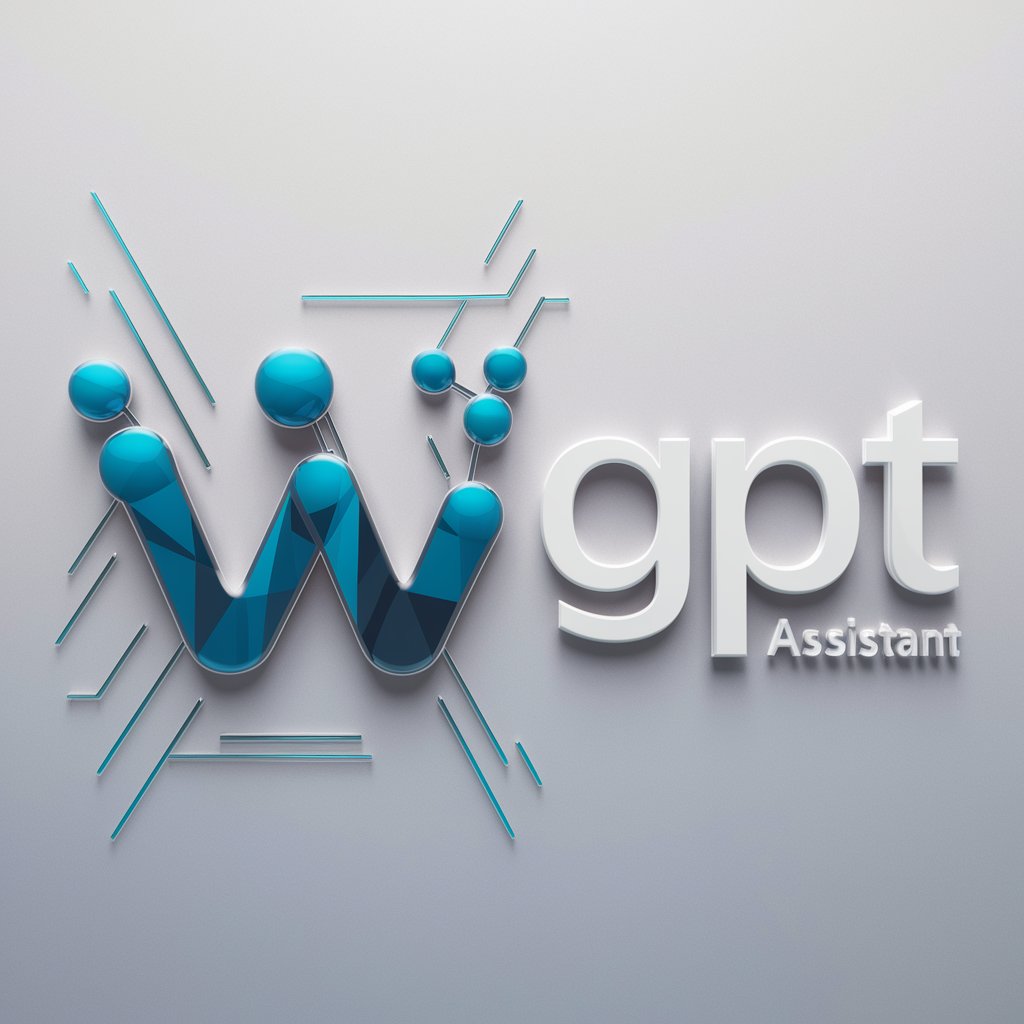
Welcome to WebGPT, your advanced AI assistant!
Powering Intelligence with AI Browsing
Describe the main features of WebGPT.
How can WebGPT assist in analyzing HTML content?
What are the benefits of using WebGPT for web-based tasks?
Explain the customization options available in WebGPT.
Get Embed Code
Introduction to WebGPT
WebGPT is a specialized version of the ChatGPT model designed to interact with the internet, incorporating advanced features for web browsing, HTML content analysis, and file management within chat sessions. It's engineered to extend the capabilities of the base ChatGPT model, enabling it to fetch, interpret, and summarize information from the web in real-time. WebGPT's design purpose revolves around enhancing user experience by providing access to updated information and executing specific web-based tasks that standard models cannot perform directly. For instance, WebGPT can browse current news articles, retrieve weather forecasts, compare product prices, and much more. An illustrative scenario could be a user seeking the latest scientific research on a specific topic; WebGPT can navigate through scientific journals, summarize findings, and even cite relevant studies, thus acting as a bridge between the user and the vast information available online. Powered by ChatGPT-4o。

Main Functions of WebGPT
Real-time Web Browsing
Example
Retrieving the latest stock market data or news articles.
Scenario
A user interested in financial markets can ask WebGPT to fetch the latest stock prices or news related to a specific company, enabling timely and informed investment decisions.
HTML Content Analysis
Example
Analyzing the structure and content of a webpage's HTML code.
Scenario
A web developer looking to understand how a particular webpage is structured can provide HTML content to WebGPT, which then analyzes and explains the code's structure, functionality, and potential improvements.
File Management and Analysis
Example
Uploading and interpreting complex data files.
Scenario
Researchers with data in spreadsheets can upload these files to WebGPT, which then assists in data analysis, visualization, or even generating a narrative summary of the findings.
Customized Information Retrieval
Example
Gathering specific information on niche topics.
Scenario
A student working on a niche thesis topic can ask WebGPT to find specific information, studies, or articles that are not easily accessible, helping to gather comprehensive background material for their research.
Ideal Users of WebGPT Services
Students and Researchers
These users benefit from WebGPT's ability to access and summarize academic papers, articles, and other educational materials, significantly aiding in research and learning processes.
Professionals and Analysts
This group utilizes WebGPT for real-time data retrieval, analysis, and summarization, facilitating informed decision-making in fields such as finance, market research, and product development.
Developers and Technologists
They leverage WebGPT's capabilities in analyzing and interpreting web content and code, aiding in web development, troubleshooting, and learning about new technologies or programming techniques.
General Enthusiasts
Individuals curious about specific topics or seeking to stay updated on current events or trends benefit from WebGPT's broad access to online information and its ability to summarize and explain complex topics easily.

Using WebGPT: A Step-by-Step Guide
Start with a Trial
Visit yeschat.ai to explore WebGPT with a free trial, no login or ChatGPT Plus required.
Identify Your Needs
Determine what you need from WebGPT, whether it's browsing capabilities, file uploads, or analyzing specific HTML segments.
Interact and Test
Interact with WebGPT by inputting your queries or uploading HTML content to analyze specific elements, enhancing your understanding of its capabilities.
Utilize Advanced Features
Make use of advanced features like real-time web browsing for up-to-date information, and leverage the HTML content analysis for in-depth insights.
Review and Adapt
Review the outputs and adapt your queries to refine the results, optimizing your experience based on the feedback WebGPT provides.
Try other advanced and practical GPTs
Web3GPT
Navigating Web3 with AI Power
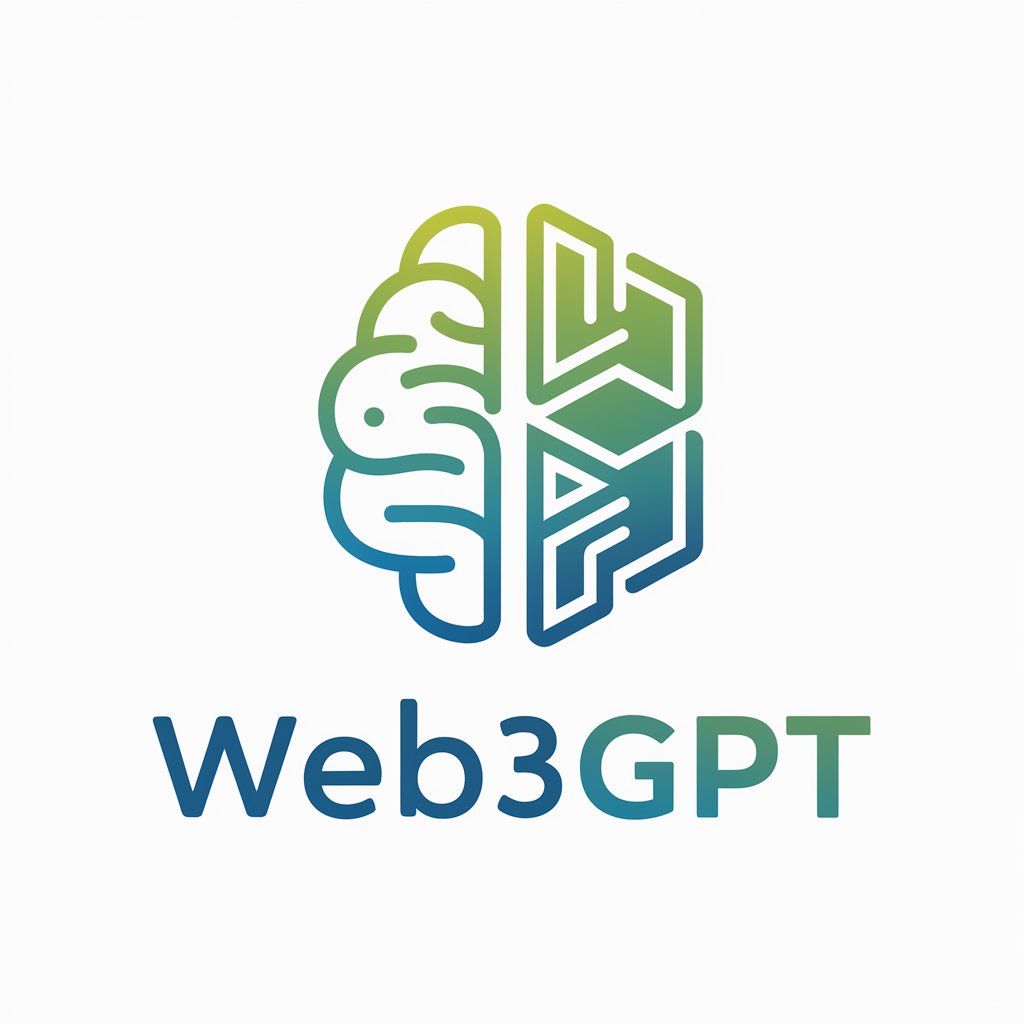
WebGPT - Genie Pro Tool
Optimize Your Web Experience
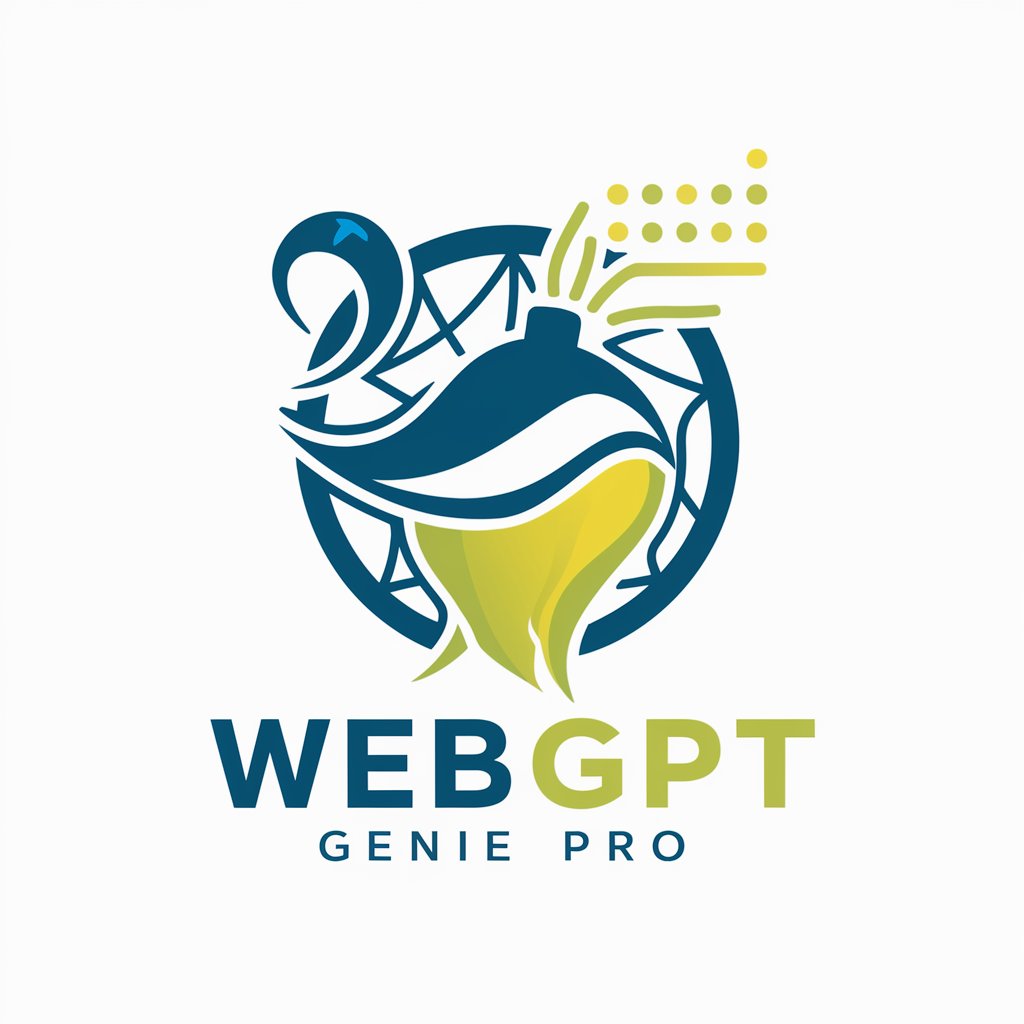
WebGPT
Empower Your Web Presence with AI
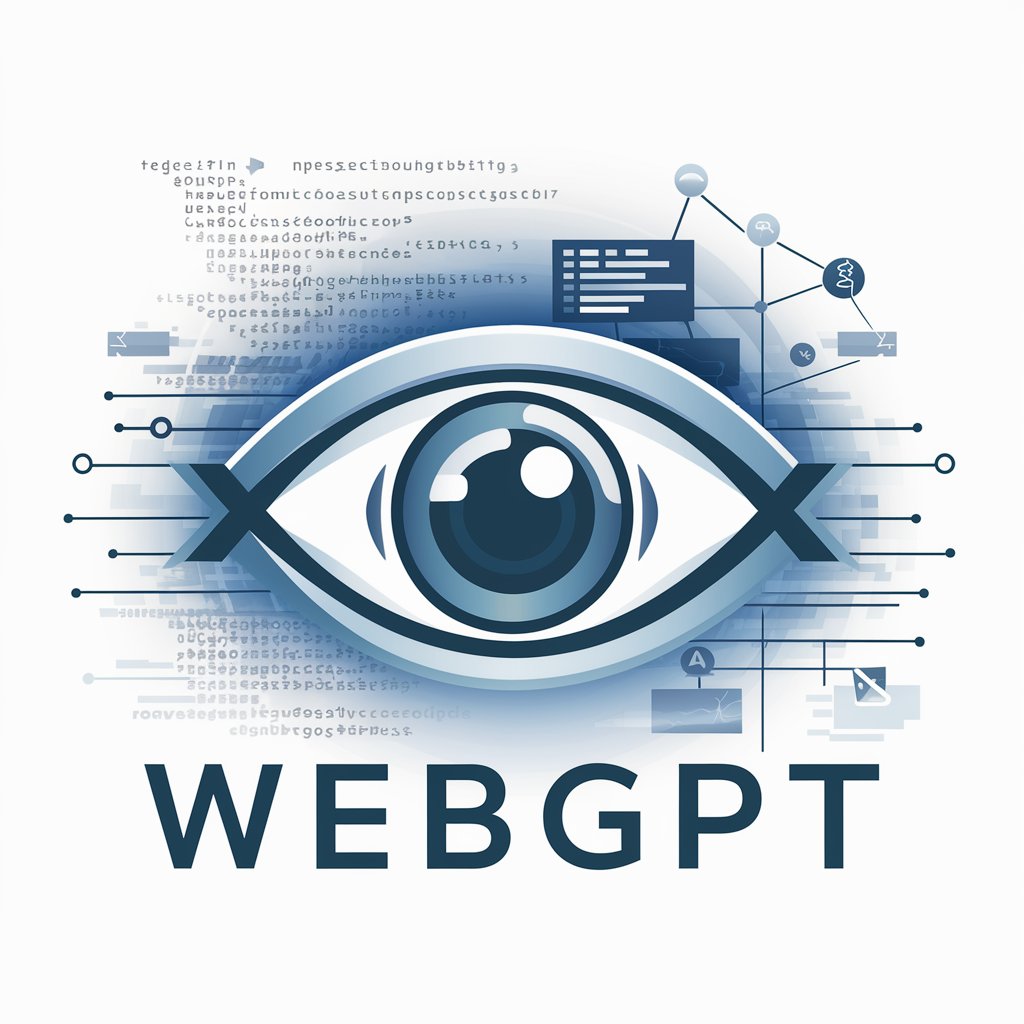
WebGPT
Empowering Decisions with AI Insights
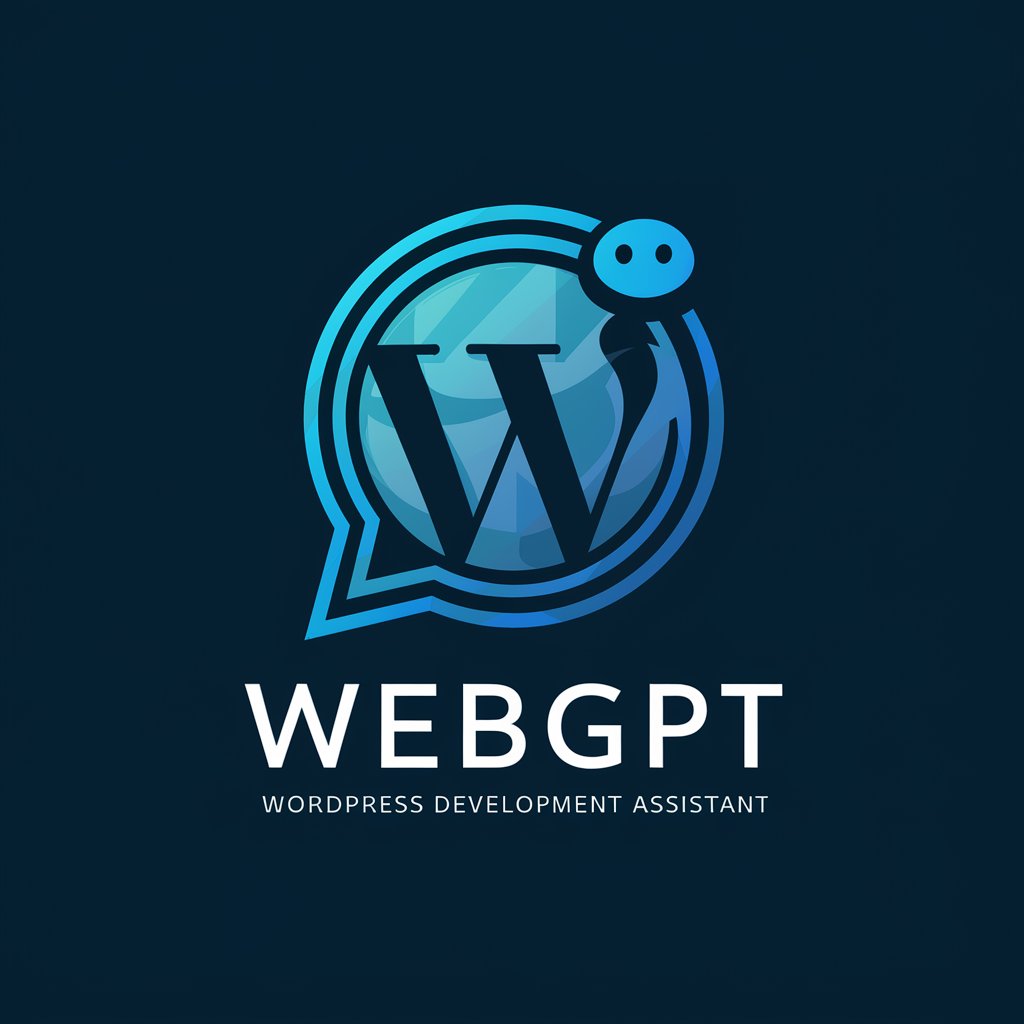
WebGPT
Expert AI-powered .NET Core development assistant
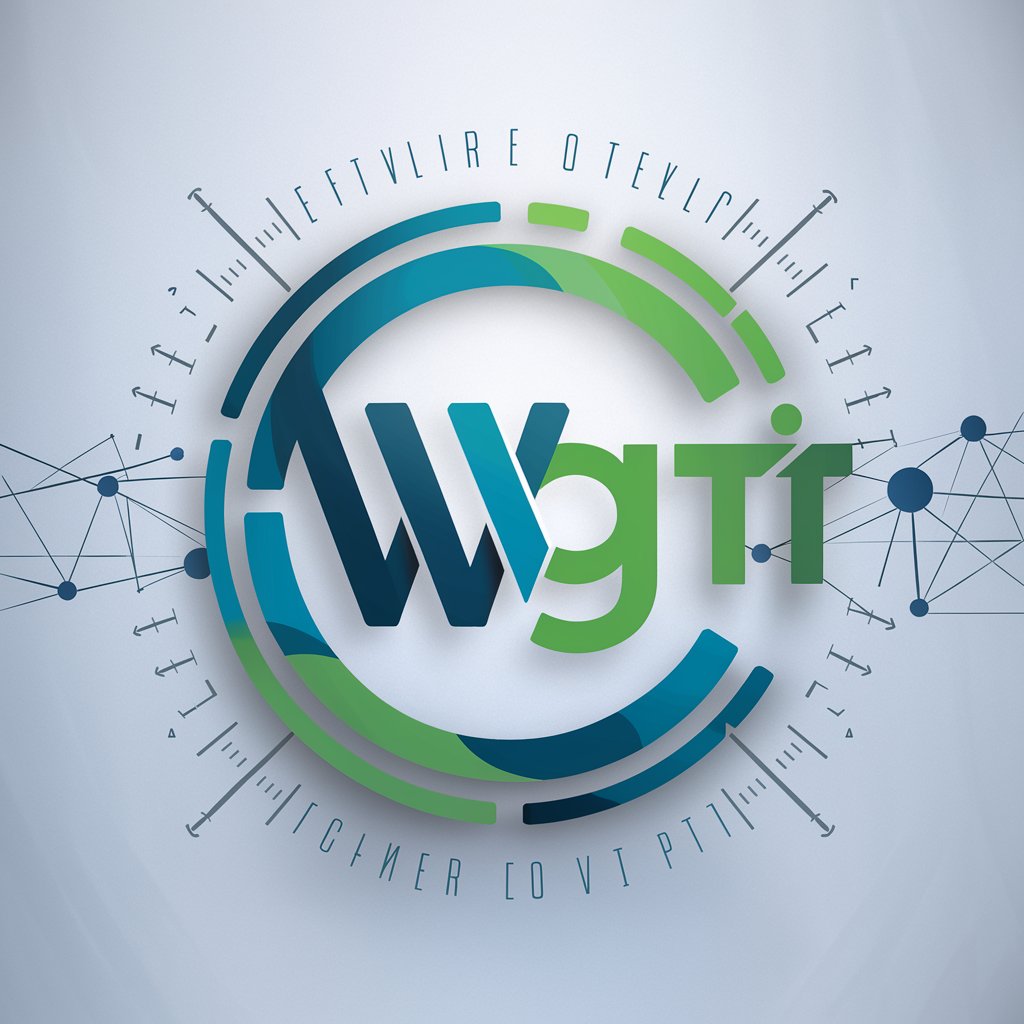
WebGPT
Revolutionizing real-time AI assistance
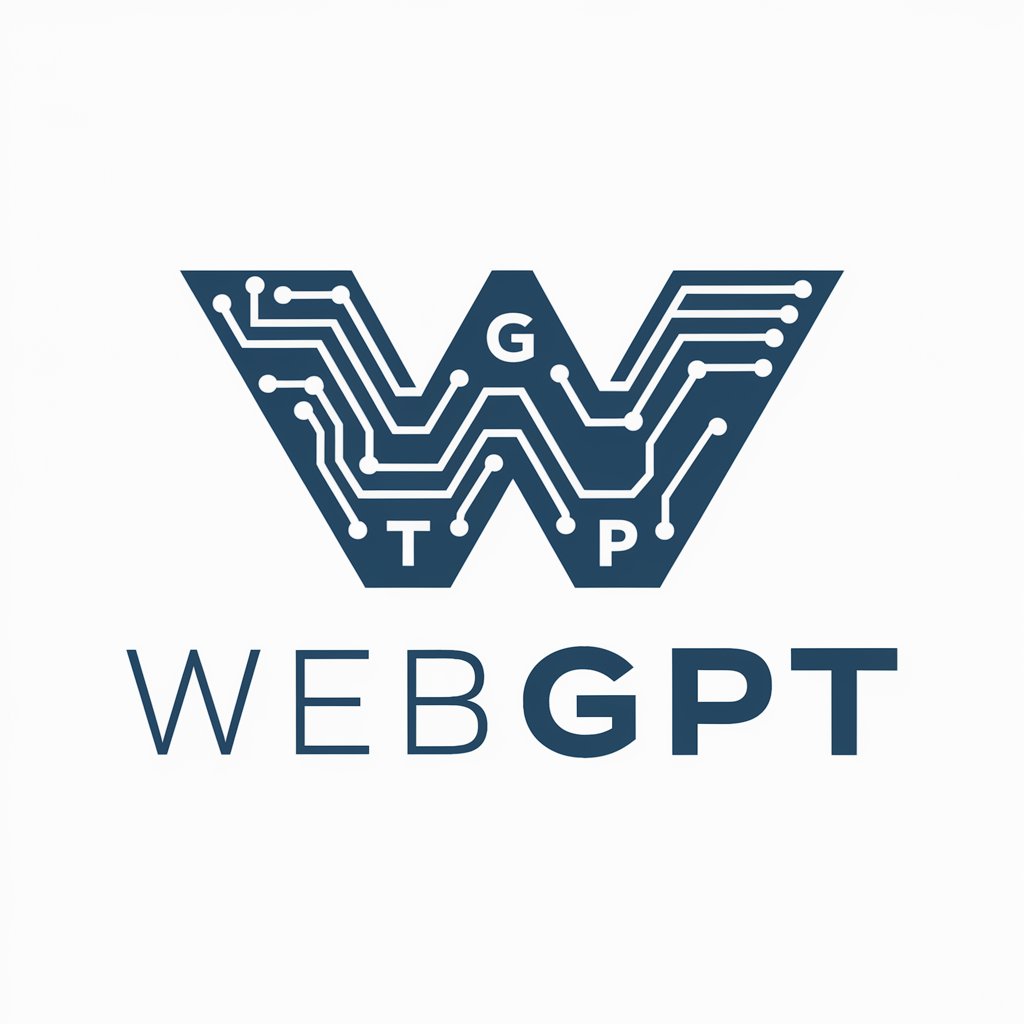
WebGPU++
Power Your Web with AI-Driven Graphics

weGPT
Elevate Your Content with AI Power
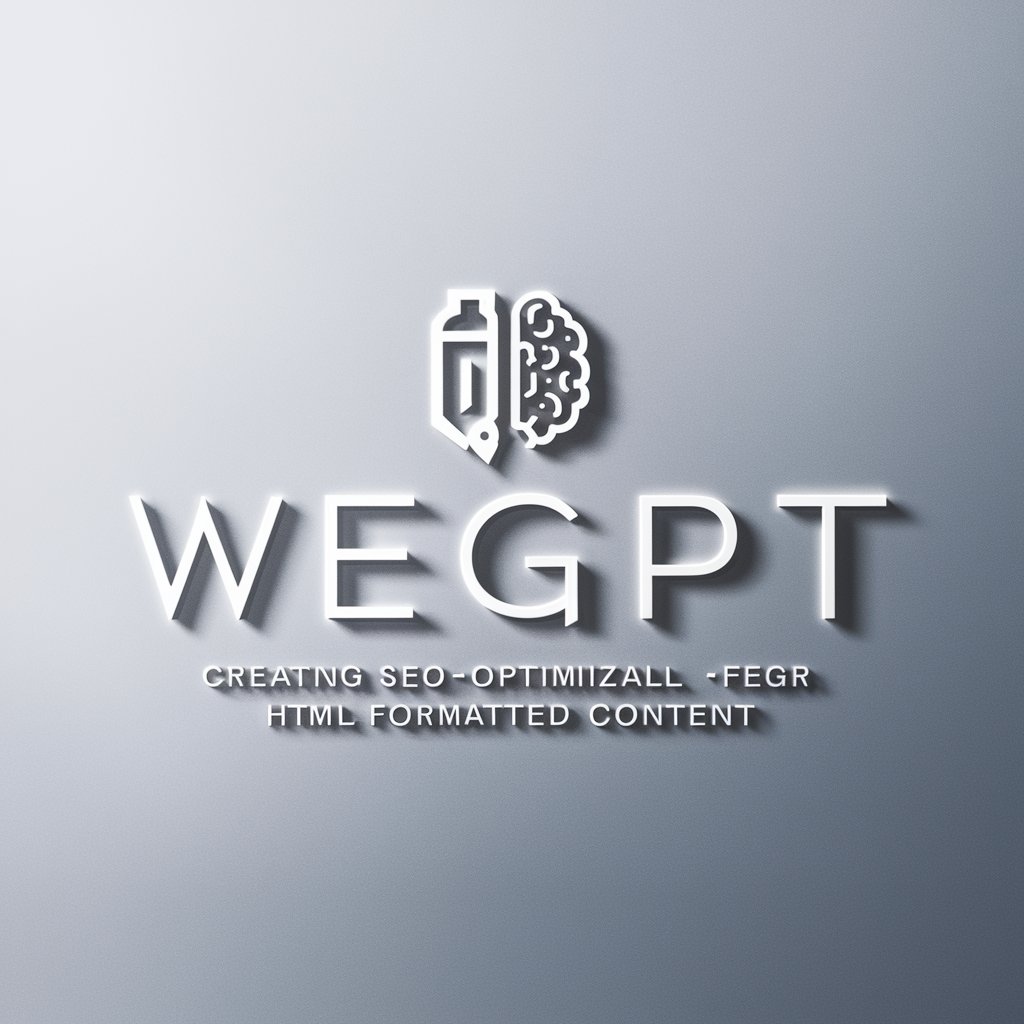
SebGPT
Empowering Your Digital Presence with AI
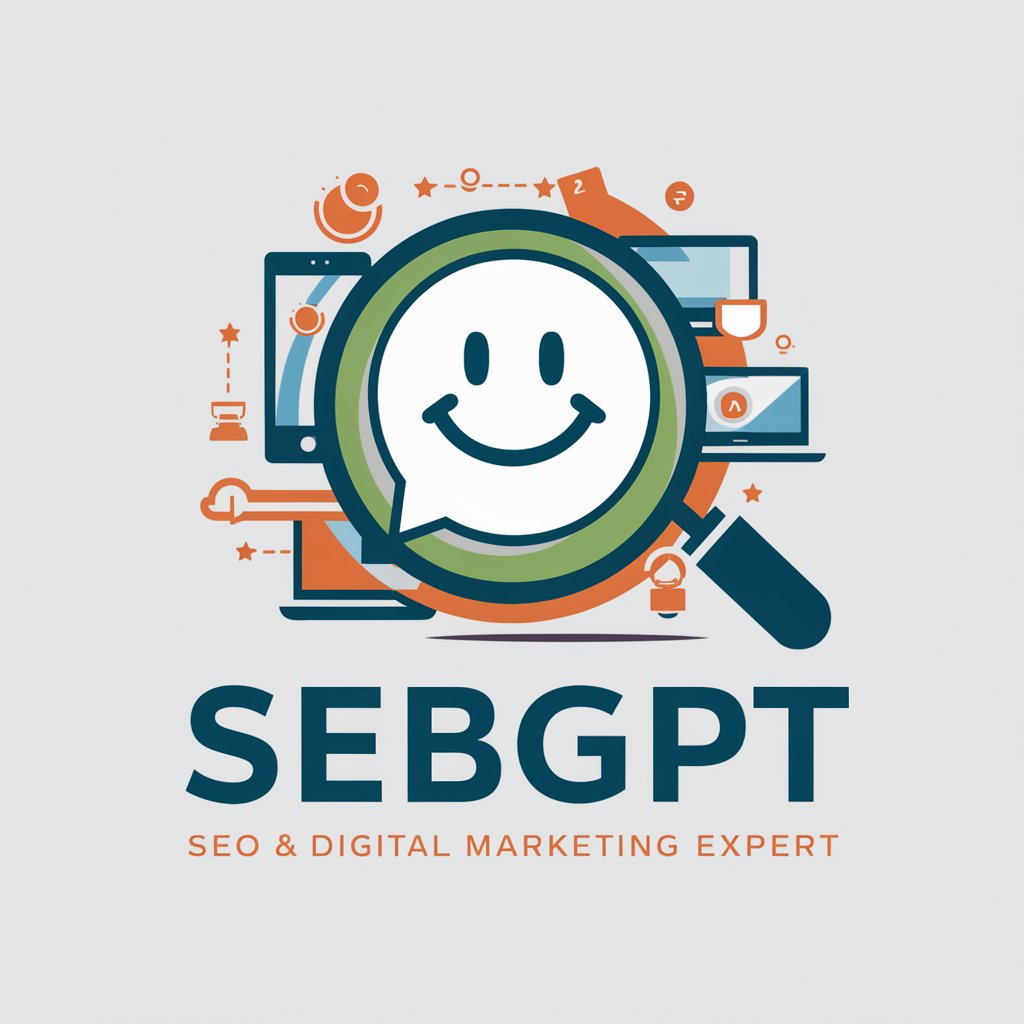
img2img
Reimagine Images with AI Creativity

img2img
Redefine Your Images with AI

img2img变身大师
Transform images effortlessly with AI

Frequently Asked Questions About WebGPT
What is WebGPT?
WebGPT is an AI-driven tool that enhances the traditional capabilities of a chatbot with features like browsing the web, analyzing uploaded files, and automatically incorporating HTML content into its responses.
How can WebGPT assist in academic research?
WebGPT can help academics by browsing scholarly articles, interpreting complex data from uploaded documents, and providing summaries or explanations based on the latest research available online.
Can WebGPT be used for real-time data analysis?
Yes, WebGPT can browse the web in real-time to fetch and analyze the latest data, providing users with the most current information available for their queries.
Is WebGPT suitable for coding and development support?
WebGPT can assist developers by searching for coding solutions, explaining programming concepts, and even analyzing code snippets uploaded by the user.
How does the HTML content integration feature work in WebGPT?
WebGPT automatically detects HTML content provided by users in their messages, integrates this content into its session's knowledge base, and uses it to deliver accurate and relevant information.
